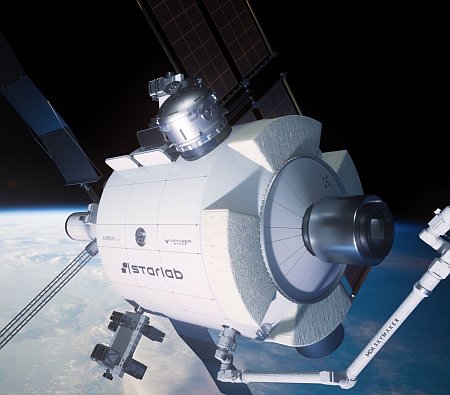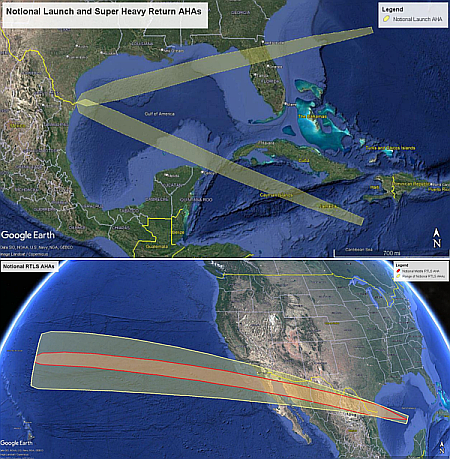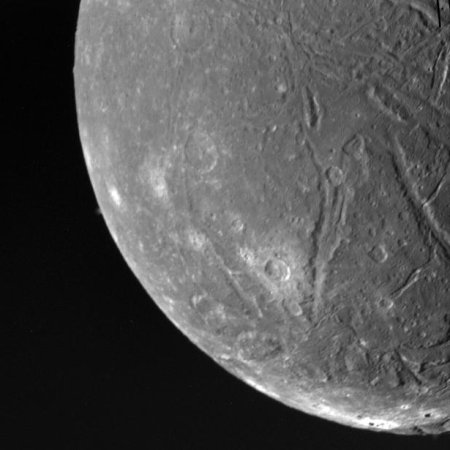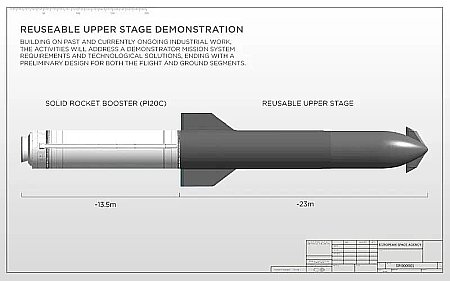October 1, 2025 Quick space links
Courtesy of BtB’s stringer Jay. This post is also an open thread. I welcome my readers to post any comments or additional links relating to any space issues, even if unrelated to the links below.
- Orbital tug startup Momentus signs deal with satellite propulsion startup Pulsar Fusion to test its engines in orbit
The mission will fly in 2026 on Momentus’ Vigoride tug.
- Orbital servicing startup Starfish Space touts its Otter Pup 2 demo mission to test its simplified docking system
It claims Otter Pup 2 will rendezvous using just one thruster and autonomous software.
- India rocket startup Agnikul says it plans to vertically land and recover its Agnibaan rocket’s first stage
The stage will land on a drone ship.
- Blue Origin signs deal with Luxembourg Space Agency to develop a project to map the Moon’s water ice and resources
Like all of Blue Origin’s proposed projects, it is long on pretty graphics and high-minded goals, but short on any specific details.
- China releases an image of its Tianwen-2 asteroid probe on its way to near Earth asteroid 469219 Kamoʻoalewa
It has been in space now for 125 days, and is now about 28 million miles from the asteroid.
- A list showing every delay since Sierra Space’s Dream Chaser was first proposed
Quite disgusting. First proposed in 2007 with a launch promised in 2009, there follows almost two dozen announced delays, steadily pushing the launch back to late ’26, if then.
- This week in 2022, Juno flew by Jupiter’s moon Europa
Cool image at the link. It was the first close look in two decades, since the end of the Galileo orbiter.
Courtesy of BtB’s stringer Jay. This post is also an open thread. I welcome my readers to post any comments or additional links relating to any space issues, even if unrelated to the links below.
- Orbital tug startup Momentus signs deal with satellite propulsion startup Pulsar Fusion to test its engines in orbit
The mission will fly in 2026 on Momentus’ Vigoride tug.
- Orbital servicing startup Starfish Space touts its Otter Pup 2 demo mission to test its simplified docking system
It claims Otter Pup 2 will rendezvous using just one thruster and autonomous software.
- India rocket startup Agnikul says it plans to vertically land and recover its Agnibaan rocket’s first stage
The stage will land on a drone ship.
- Blue Origin signs deal with Luxembourg Space Agency to develop a project to map the Moon’s water ice and resources
Like all of Blue Origin’s proposed projects, it is long on pretty graphics and high-minded goals, but short on any specific details.
- China releases an image of its Tianwen-2 asteroid probe on its way to near Earth asteroid 469219 Kamoʻoalewa
It has been in space now for 125 days, and is now about 28 million miles from the asteroid.
- A list showing every delay since Sierra Space’s Dream Chaser was first proposed
Quite disgusting. First proposed in 2007 with a launch promised in 2009, there follows almost two dozen announced delays, steadily pushing the launch back to late ’26, if then.
- This week in 2022, Juno flew by Jupiter’s moon Europa
Cool image at the link. It was the first close look in two decades, since the end of the Galileo orbiter.












